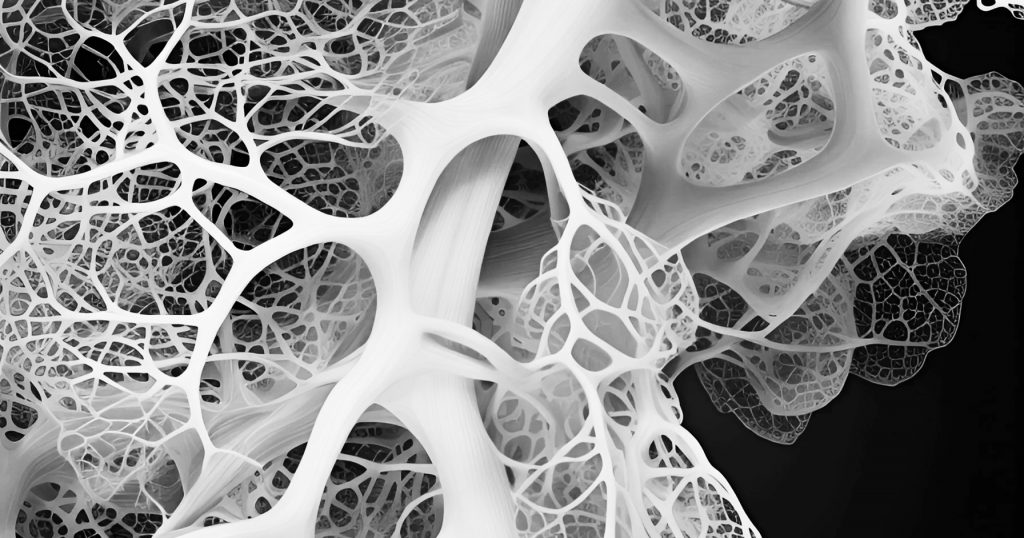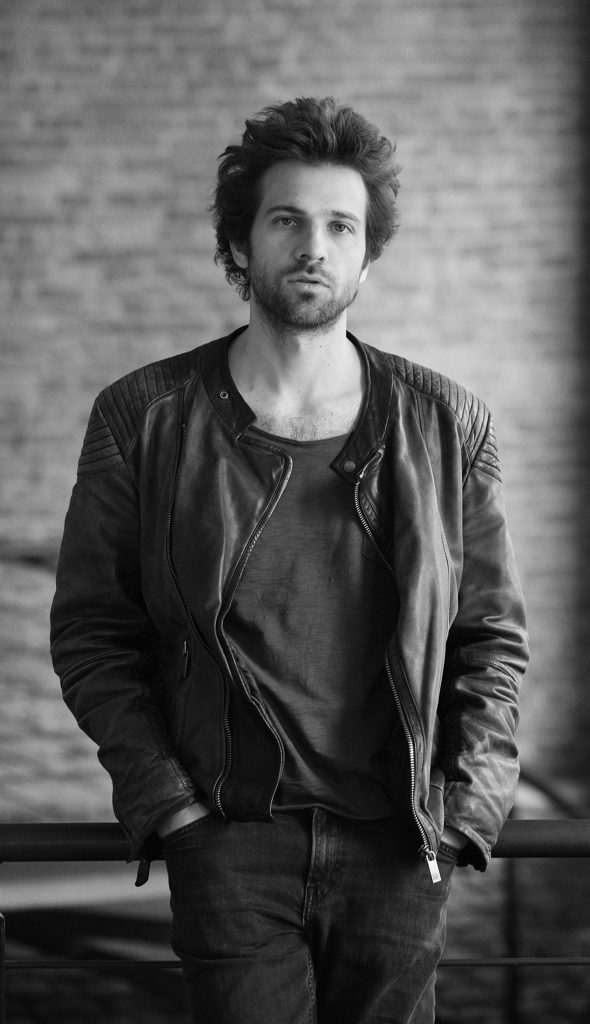Breathing architecture
A radical unbalance exists between the general awareness of the visible aspects of the human body, and what happens underneath the skin.
Cultures tend to expose the features of the anatomical surface: colour, shape, size, mass, all these categories work very well to describe what is visible, which over the centuries has been the subject of countless artistic explorations.
Under the skin – a profound darkness, an enigmatic world, a domain mostly relegated to the realm of medicine. A place that is observed only when things don’t work as they should, when confronted with malfunctions in the usual operations of the body.
Technological evolution, in particular the emergence of tools that relate to visualisation and mapping, expand the human knowledge of the world, by gaining a different point of view, a new perspective beyond a previous limit.
The creation of a digital twin of the human body, employing complex simulations powered by High-Performance Computing (HPC), marks the forefront of medical advancement today. As this technology grants the ability to explore the body from within, a wide territory for artistic exploration emerges, where anatomies can be described in a different way, seeking new forms of knowledge and beauty.
Breathing Architecture attempts to tackle this opportunity, by proposing a collaboration between artists and scientists, as part of the EU S+T+ARTS AIR Residencies program. The core team of the project is composed by artist Filippo Nassetti, scientists at the Barcelona Supercomputing Center and High-Performance Computing Center Stuttgart, mentored by the Fundación Épica La Fura dels Baus, RCR Arquitectes and In4Art.
Breathing Architecture proposes to reframe the internal structures of the body as artistic subjects, by developing new visual languages and aesthetics, powered by advanced technology, expanding on the strictly medical, functional lenses through which they are often looked. By selecting and structuring information, beauty becomes functional in allowing to interpret, remember and connect.
As Leonardo da Vinci stated, “all our knowledge has its origins in our perceptions”, emphasizing the profound impact of visual representation on our understanding of the human form.

Focusing specifically on the respiratory system, the main aim of Breathing Architecture is to collaboratively experiment with modelling, numerical simulations and visualisation techniques powered by High Performance Computing.
On one hand, the project investigates the possibility of creating immersive experiences, where a general audience is able to gather a deeper, intuitive, pre-logical understanding of the human body, specifically of its complex and vital respiratory structures, seen through the lenses of contemporary, advanced technology.
On the other, it explores the potential for multidisciplinary collaboration to drive scientific and technological innovation. This involves investigating novel approaches to modelling breathing architectures composed of complex microscale structures, with the aim of solving simulations within an HPC framework.
Additionally, Breathing Architecture researches the possibility of abstracting principles and models from the organisation, functioning and morphology of the different parts of the respiratory system, that can inform a new, biomimetic approach to tackle the challenge of designing synthetic breathing architectures, for innovative applications in the design of products and the built environment.
